Imagine stepping onto what you thought was a meticulously maintained golf course, only to find that nature has reclaimed it. Wildflowers have replaced the neatly trimmed lawn. Winding streams and blooming trees have popped up, emerging in unexpected places. Welcome to a great new era: the rewilding of golf courses.
Around the world, from the lush, rolling landscapes of Scotland to the sun-soaked courses of California, nature is making a comeback in surprising places. Through a process known as "rewilding," abandoned golf courses are allowed to evolve naturally, becoming wonderful havens for birds, insects, and small animals, all of which have a new role to play in their complex ecological tapestry. It’s reminiscent of the world in “The Wild Robot,” an Oscar-nominated film about a robot landing on an uninhabited planet where wildlife has taken over. Rewilding is not just about restoring an area to its natural state; it's about reintroducing ecological complexity and biodiversity into spaces that were once designed solely for human recreation. It’s breathtaking.

The environmental importance of rewilding
Golf courses come with a surprisingly large ecological footprint. The price of maintaining all those vast, uniform patches of green? Well, that requires clearing land, extensive water usage, regular mowing, and employing dangerous chemical fertilizers. These activities cost much more than money; they’re also extremely detrimental to the biodiversity of local ecosystems.
So, it was high time to reimagine these gigantic spaces. According to the American Society of Golf Course Architects (ASGCA), a full-size, 72-par course needs 120-200 acres of land, not including any wetlands, restricted areas, or “land not easily made part of the golf area.” And although it’s regarded as an “outdoorsy sport,” “golf is absolutely terrible for the planet,” Lizzy Rosenberg writes for Green Matters. Courses are often designed in and around gorgeous natural areas—in the valleys of breathtaking mountains, in scenic deserts, or within an arm’s reach of the sea. During the process of constructing a course, according to the "Seattle Journal of Environmental Law," it is "relatively common for developers to ravage entire ecosystems,” Rosenberg continues. “In the process of clearing all this land, heavy machinery emits large amounts of greenhouse gases. Nearby waterways can also be affected.”
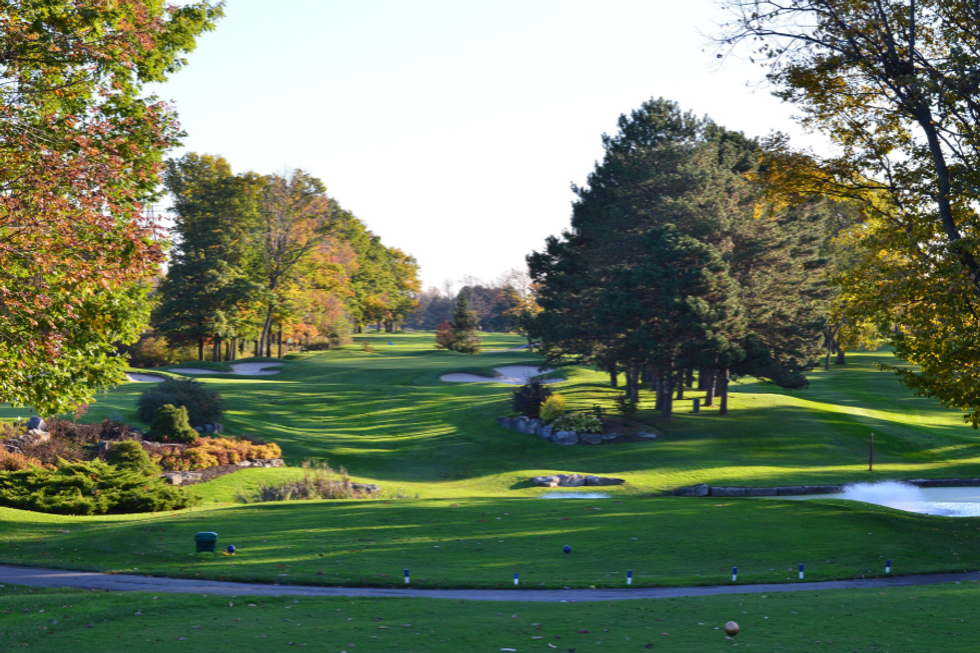
Lately, conservation nonprofits and local authorities have been stepping in and rescuing abandoned golf courses and rewilding them. These efforts aren’t just eye-catching transformations, but also greatly contribute to the environment. Here, habitats that were once populated with native species make their grand return. Biodiversity flourishes. Carbon sequestration (a much-coveted process in which atmospheric carbon dioxide is captured and stored to reduce its concentration in the atmosphere) begins to occur naturally again in soils and vegetation. When nature is given room to breathe, it balances ecosystems, improving air and water quality.
A historical perspective on rewilding
The idea of rewilding is not entirely new; it’s rooted in a long history of conservation efforts aimed at restoring natural landscapes. The modern rewilding movement draws inspiration from the work of pioneering ecologists who understood that, under the right circumstances, formerly domesticated landscapes can recover their original ecological functions. “It’s a multiple win,” says Guillermo Rodriguez, California state director of the Trust for Public Land (TPL), a conservation organization that’s rewilding three former courses in the sunshine state, according to CNN. “You increase public access by taking former private golfing courses and turning them into public properties… [you return] water back into rivers and streams and create a better habitat for the endangered species.”
Golf has a rich history spanning centuries, and its origins can be traced to 15th-century Scotland (where it was promptly banned by King James II, who claimed it was distracting citizens from archery practice.) The game spread globally during the British colonial expansion, then again post-World War II, when modern inventions of the course (manufactured features, irrigation, longer layouts, etc.) were introduced. Today, there are over 38,000 golf courses across the globe.

Historically, when golf courses were established, nature was often sidelined in favor of order and precision. However, as environmental conservation interest grew, people began to see these vast green spaces as opportunities to reintroduce native plants and wildlife. The New York Times article “After Shutting Down, These Golf Courses Went Wild” underscores that rewilding golf courses represents an innovative convergence of sport, history, and environmental conservation—a testament to humanity's ability to repurpose and rejuvenate spaces once thought to be solely for leisure.
A future teeming with possibility
In Marin County, California, the San Geronimo golf course closed in 2018 after being bought by the Trust for Public Land. It’s currently being transformed into a public green space called San Geronimo Commons, which boasts new conservation efforts and community spaces, including hiking and biking trails and the restoration of natural habitats. The Valley View Golf Course in Akron, Ohio, has undergone a significant rewilding effort since its acquisition by Summit Metro Parks in 2016. The former golf course, boasting 195 acres, was transformed into a natural habitat: invasive species were removed, wetlands and streams were restored, and upland areas were reforested. These efforts were greatly rewarded, as it was announced that the $3 million initiative improved water quality and aquatic habitats (by addressing erosion and pollution issues). Now, over 900 species of plants and wildlife can be found in the park (compared to the measly 200 documented at the start of the project.) There are also new public access opportunities, like hiking, biking, fishing, and kayaking.
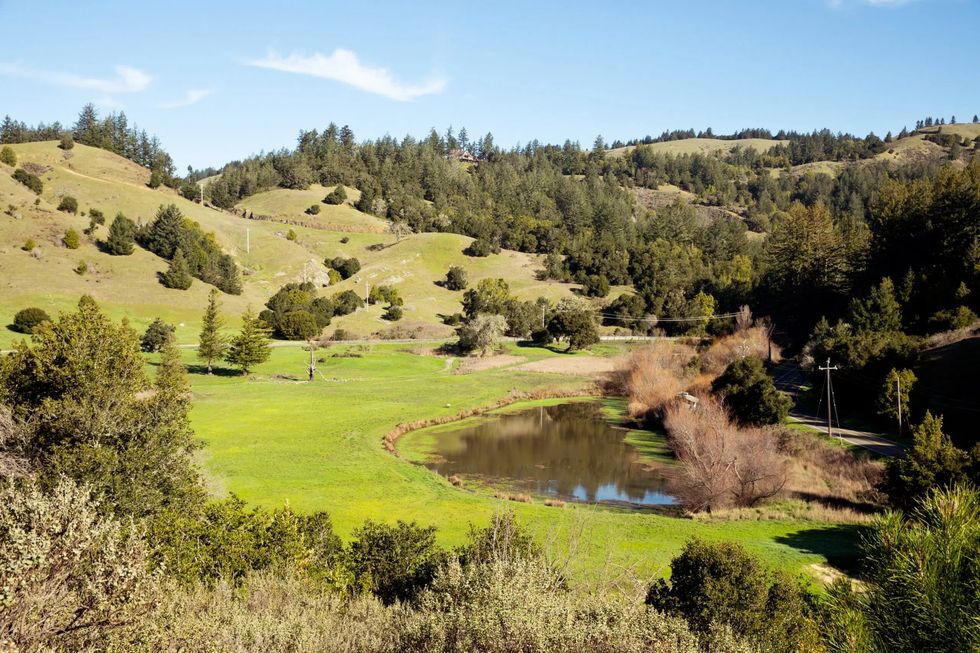
The beauty of rewilding golf courses lies in its promise—a future where forgotten spaces are transformed into living, breathing ecosystems that benefit both nature and people. These areas become public parks, community spaces, and educational sites where people can learn about biodiversity, climate change, and the importance of preserving natural habitats. As wildlife thrives in these reclaimed spaces, communities experience a renewed connection to the environment and a reminder that with a little patience and a lot of care, nature will always find a way to thrive.





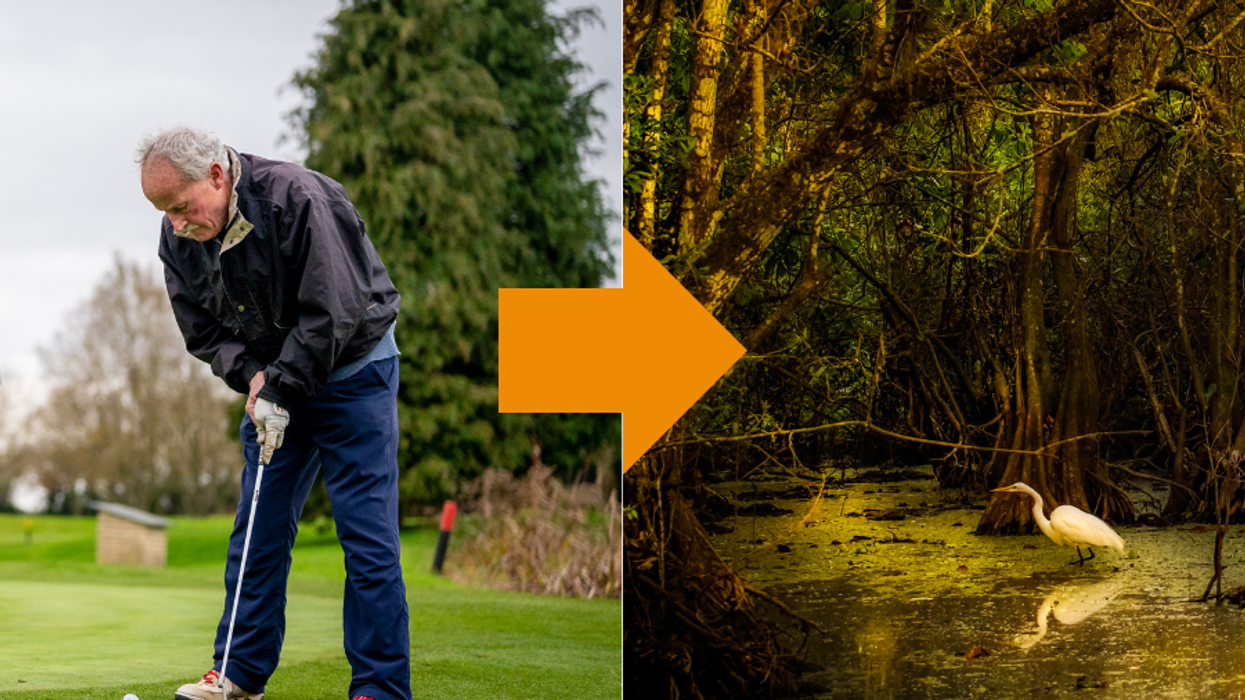




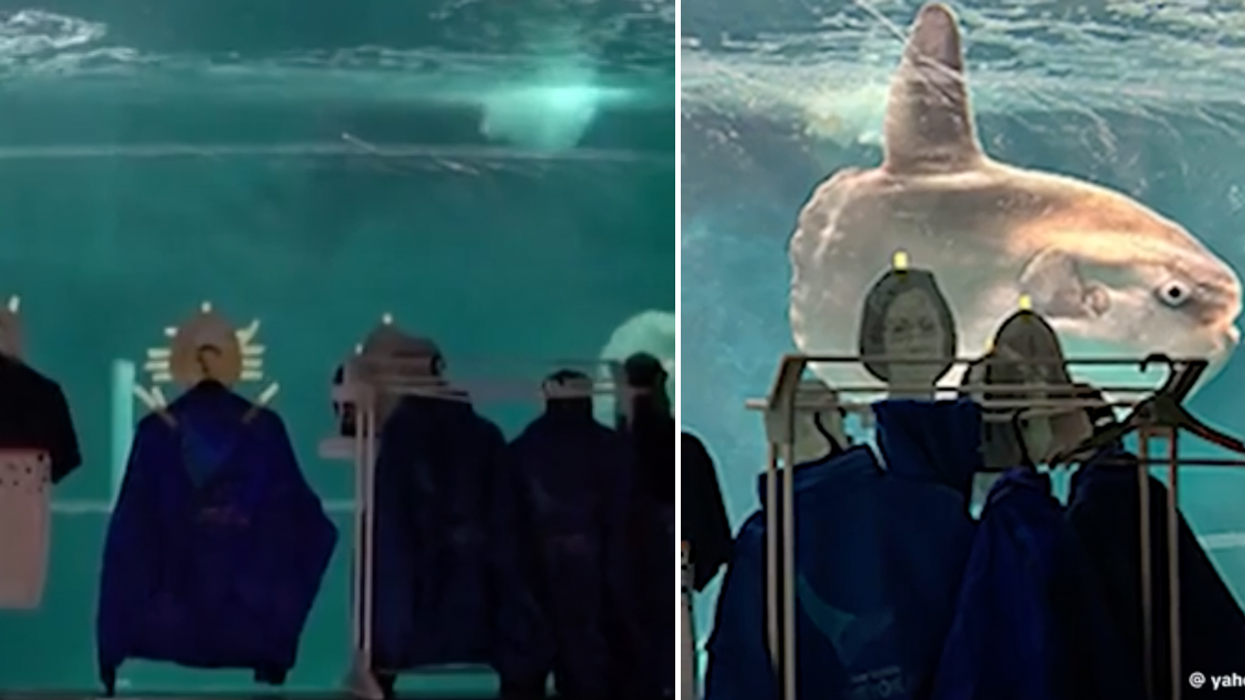

 It wasn't even February, so she wasn't expecting what came next.
It wasn't even February, so she wasn't expecting what came next.  The hug came first, the 'yes' took a few moments more.
The hug came first, the 'yes' took a few moments more. 






 Representative Image Source: Pexels | Oleksandr P
Representative Image Source: Pexels | Oleksandr P  Layout of the plane seatsImage Source: Mumsnet |
Layout of the plane seatsImage Source: Mumsnet | 



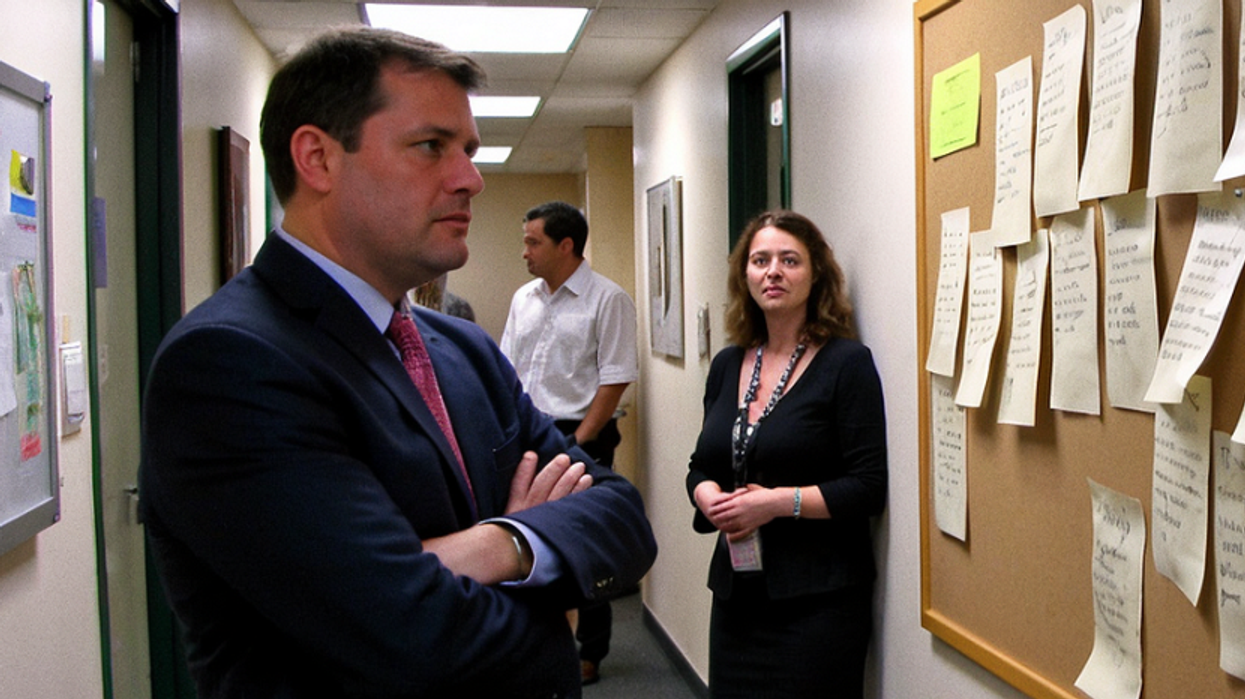
 Image Source: Joshua Potash | Reddit
Image Source: Joshua Potash | Reddit 



 Representative photo by luis arias |
Representative photo by luis arias | 
 Representative photo by Jamie Lee |
Representative photo by Jamie Lee | 
